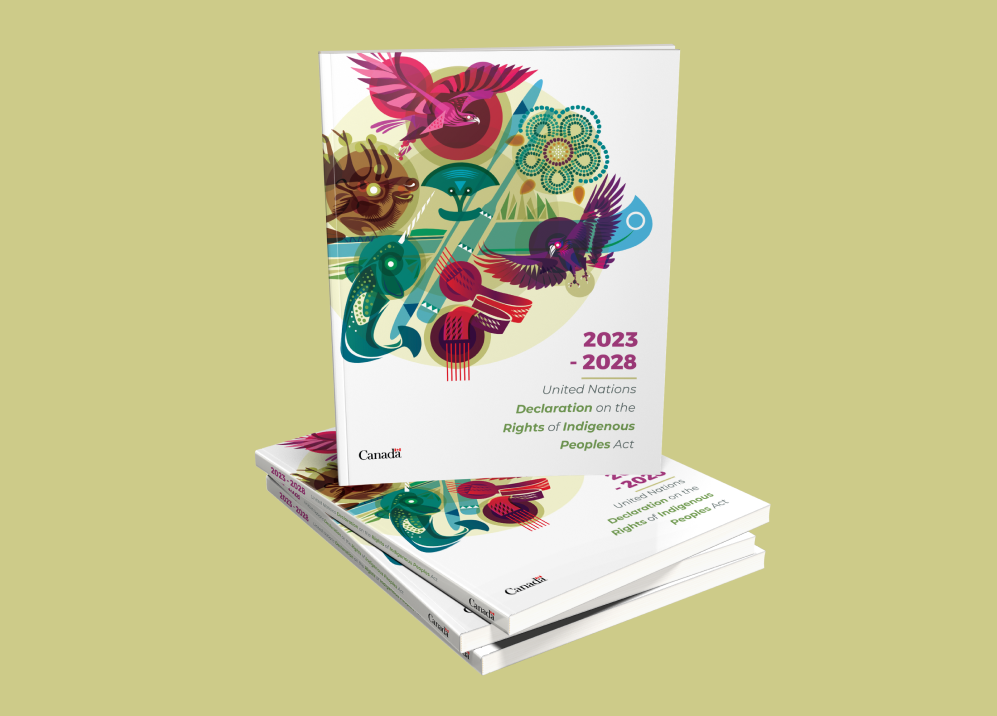Branding • Graphic Design
Department of
Justice Canada
Implementing the United Nations Declaration on the Rights of Indigenous Peoples Act
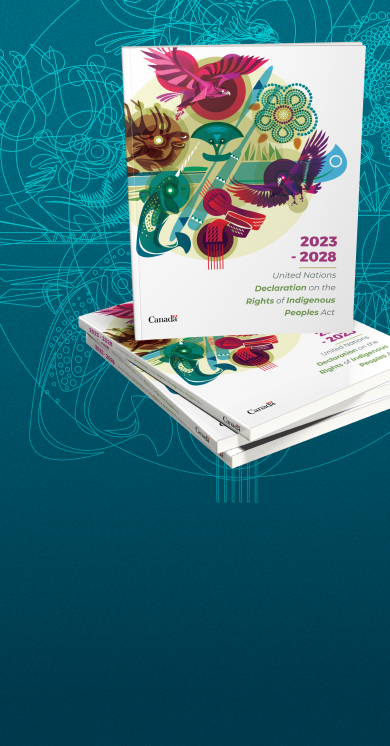
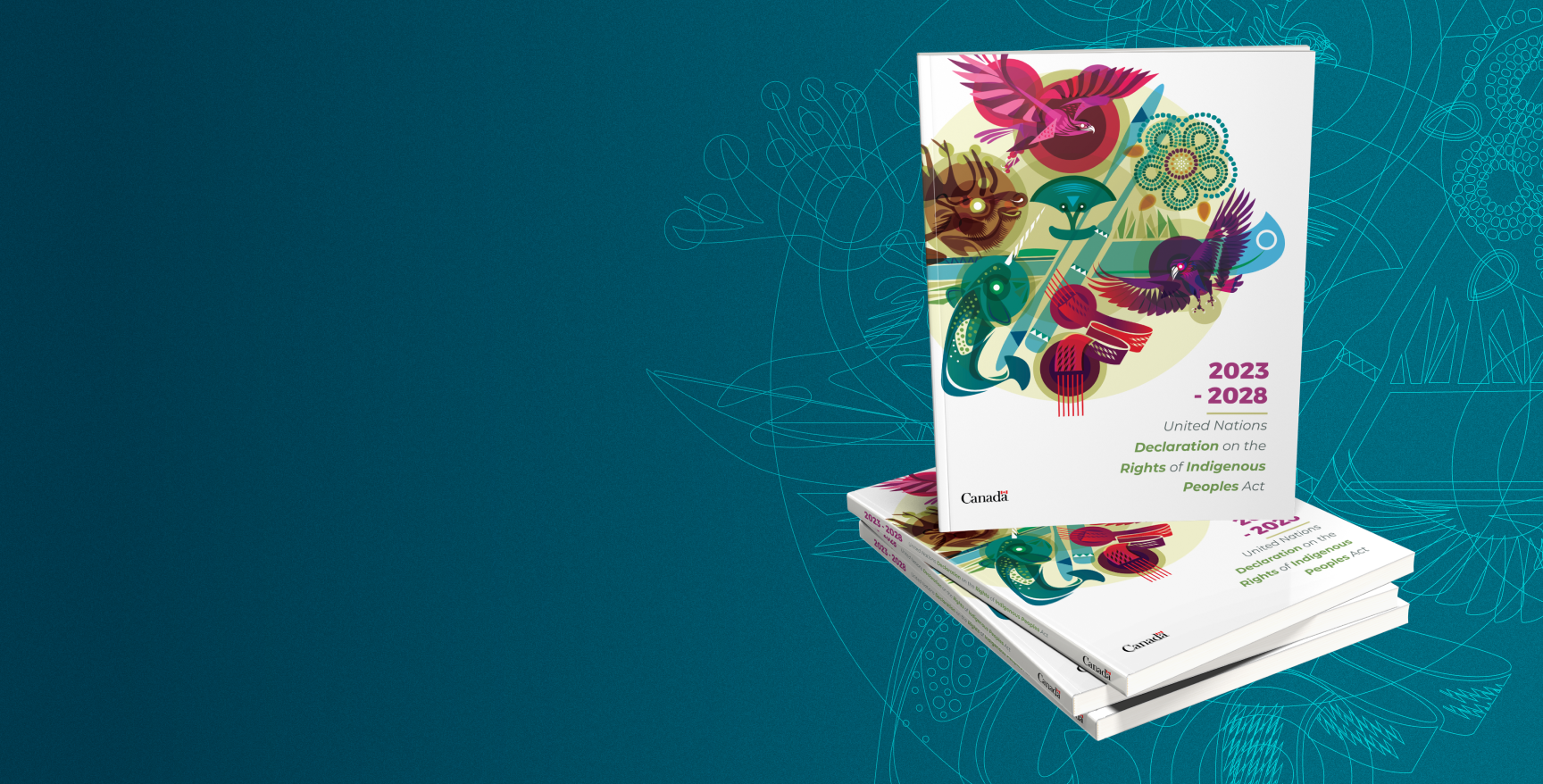
Briefing
The United Nations Declaration on the Rights of Indigenous Peoples is about the respect and recognition of the human rights of Indigenous peoples. Canada’s UNDA Action Plan provides a roadmap for the Government of Canada and First Nations, Inuit and Métis to work together to implement the UN Declaration, and Justice Canada came to us for artwork to use for the plan report.
Approach
Vincent Design used artwork that showcases key cultural elements, such as truth, love and respect while also emphasizing the dignity and knowledge of Indigenous peoples across Turtle Island.
Responsibilities
- Design
- Branding
- Illustration
- Web Design
- Web Development
Client
Department of Justice Canada
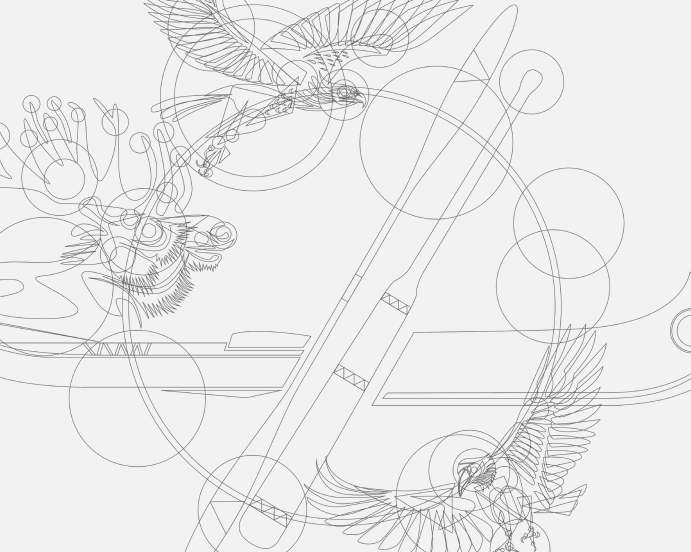

Result
This illustration captures the depth of Indigenous culture through symbolism. From the eagle, a sacred messenger bridging humanity and the Creator, to the creative and intelligent raven. Métis heritage is portrayed through the five-petal flower and the sash. The ulu and narwhal pay homage to Inuit traditions. Traditional paddles, canoes, and kayaks symbolize the connection between Indigenous communities and the land and water.


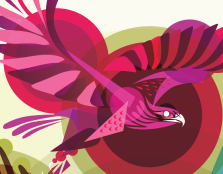
Eagle
A symbol of love, and as Eagle is closest to Creator it is also a messenger between Creator and the people.

Flower
A five-petal flower characteristic of Métis beadwork.
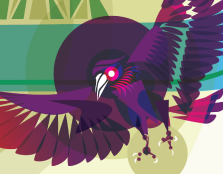
Raven
Creativity, intelligence, and transformation are all represented in Raven.

Sash
The Sash was a practical addition to the wardrobe of a voyageur and came to also represent Métis people.

Narwhal
The Narwhal is a symbol of sustenance to the Inuit people, both physically and spiritually.
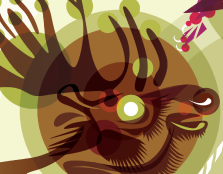
Moose
Moose symbolize strength, endurance, and determination.
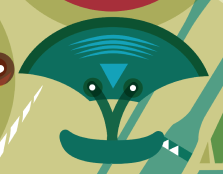
Ulu
The ulu, or “women’s knife”, symbolizes utility and resourcefulness.
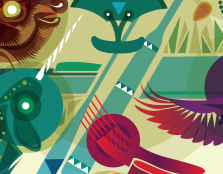
Paddles, Canoe and Kayak
The paddles include a traditional Inuk paddle and kayak in the MacKenzie River Delta style, and a traditional Cree Great Whale River canoe.

Ice and Trees
The shapes below the kayak are ice and water, while above the canoe are trees on the land.

